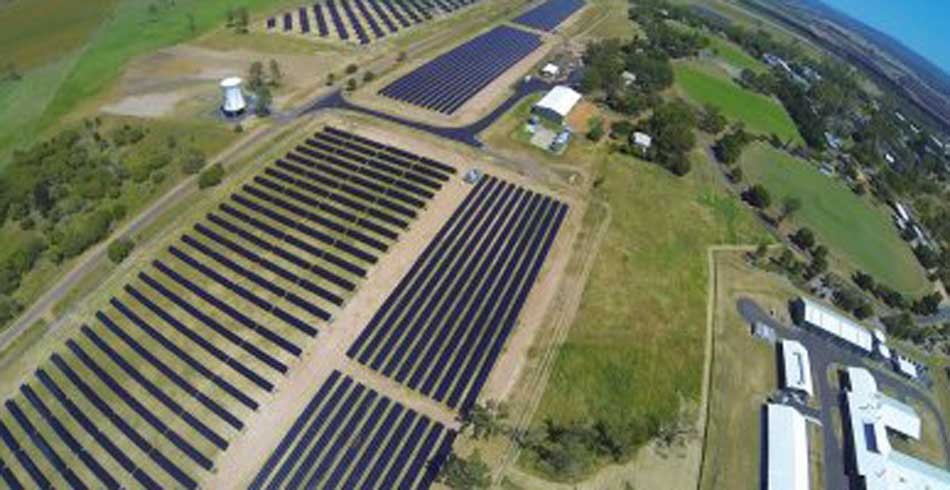The University of Queensland (UQ) has slashed grid electricity use at its Gatton campus by 40 per cent since bringing Australia’s largest solar research facility online a year ago.
UQ’s manager of energy and sustainability Andrew Wilson said the 3.27MW facility generated more than 5.8 million kilowatt hours of renewable energy since installation in March last year.
“This is equivalent to the annual electricity usage of more than 1000 average Queensland households, and the displacement of more than 5300 tonnes of greenhouse gas emissions,” Mr Wilson said.
“We’ve seen the net electricity consumption from the grid of the Gatton campus reduce by almost 40 per cent as a result. This is achieved by exporting energy back to the grid when the campus’ consumption is lower than the energy generated by the array, typically during the middle of the day,” Mr Wilson said.
Director of Clean Energy at UQ’s Global Change Institute (GCI) Professor Paul Meredith said the environment was not the only beneficiary, as the solar farm had saved UQ more than half a million dollars in electricity costs so far.
“These savings are being invested back into research programs at the university, helping to solve the complex challenges of transforming the way we produce energy,” Professor Meredith said.
“The full-scale research we’re able to conduct with the Gatton facility is helping us to better understand how clean energy options like photovoltaics fit into our state and national electricity mix, from both an engineering and economic perspective.”
Mr Wilson said the first year of operation for the plant hadn’t been without its challenges.
“The cost of maintaining the grass at the 10-hectare site was higher than we anticipated. We will soon arrange for sheep to graze between the rows and keep the grass manageable,” Mr Wilson said.
In addition to reducing ongoing operational costs this initiative will increase the available land on campus for agricultural research.







